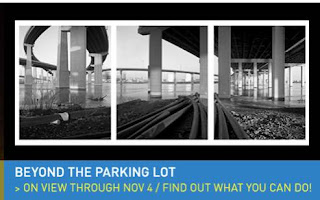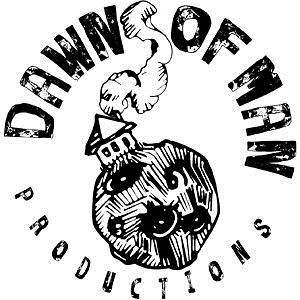My name is Kathe Kaczmarzyk and I’m a junior Painting major with an Art History minor. During the summer of 2012, I interned for a cashmere knitwear company in New York City called Christopher Fischer Cashmere. I found this internship through my father, who does custom woodworking and has worked with the company several times building furniture for their offices and stores. I interned at Christopher Fischer last summer and secured it by meeting with the vice president of the company, Charlene Kuo, and discussing my skills and what I could help out with for the summer. Upon returning this summer, I proved myself to be a valuable and hard worker, and was encouraged to come back for this summer and help the designers and become more of a design intern.
Christopher Fischer Cashmere is a knitwear fashion company located in the heart of the fashion district in NYC. Many of the workers there are British and the company’s roots stem from the United Kingdom. They are a high-end company where everything is designed in their office in NYC. My direct supervisor was Charlene Kuo.


My title at Christopher Fischer was design intern so I mostly worked with the design team, but if any other department (such as sales or shipping) needed help I would work with them too. I usually helped Pam, the women’s apparel designer. When I first arrived in the summer, Pam was wrapping up everything for Spring 2013 but she wanted me to design a scarf for the line before she wrapped it up. I was given the freedom to design the scarf but had to take into account some pre-set criteria for the scarf: it had to be shells with a repeating pattern, colorful, and no larger than a certain size. The rest of that project was open for me to interpret in any way I wanted. Pam was very pleased with the results and it will be sold in the Spring ’13 collection.
When we started designing for fall '13, we had to conduct research which involved going through magazines,


looking through countless blogs,
and just trying to find inspiration anywhere. From there we printed out tons of images and began organizing mood boards where Christopher would always come and check in and give us feedback on our ideas or anything he was thinking of adding to the collection. I was also given a mini side project by Christopher to do for the baby collection. When I interned at Christopher Fischer previously, I did projects using their old cashmere sweaters and in a sense “recycling” them by either making sweaters for the women’s collection or making stuffed animals for the baby collection. This summer I was given the task of making animal face masks out of the old sweaters for the baby collection. I was given the freedom to come up with whatever I wanted and approach the project any way I felt was best.
I am most proud of the fact that I was given so much more freedom to be creative this summer and that the designers, my supervisor, and Christopher trusted me and my work ethic enough that they enjoyed hearing my ideas and let me work on all these exciting projects. I really felt as if I was an employee at Christopher Fischer this summer, not just an intern. I have taken away so much from working there and am so grateful for everything I learned and was able to accomplish.
As much as I miss Christopher Fischer, I am not sure if I can imagine myself being in the fashion business once I graduate college; but even as a Painting major who has never taken a Fibers class, I never felt that I could not do anything I was assigned. I taught myself how to knit and crochet and was able to just fall into place with the designers. When I had ideas or questions I would always approach the designers or anyone else who worked there, and it all adds up to more skills than I would have if I were to have just stayed within the field of painting. This internship has showed me that I do not have to limit myself to just painting jobs. After all, I was able to handle myself for two summers at a fashion company and become an important aspect in it without ever having been formally taught in the fiber arts.


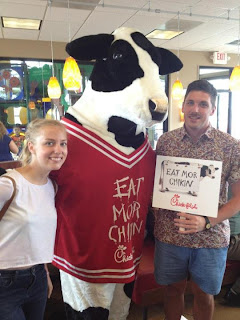








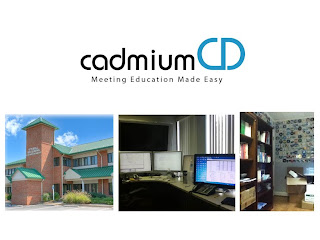















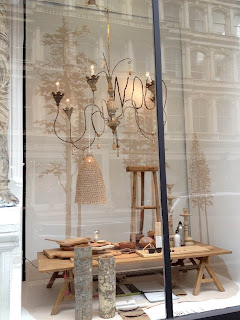


.jpg)












